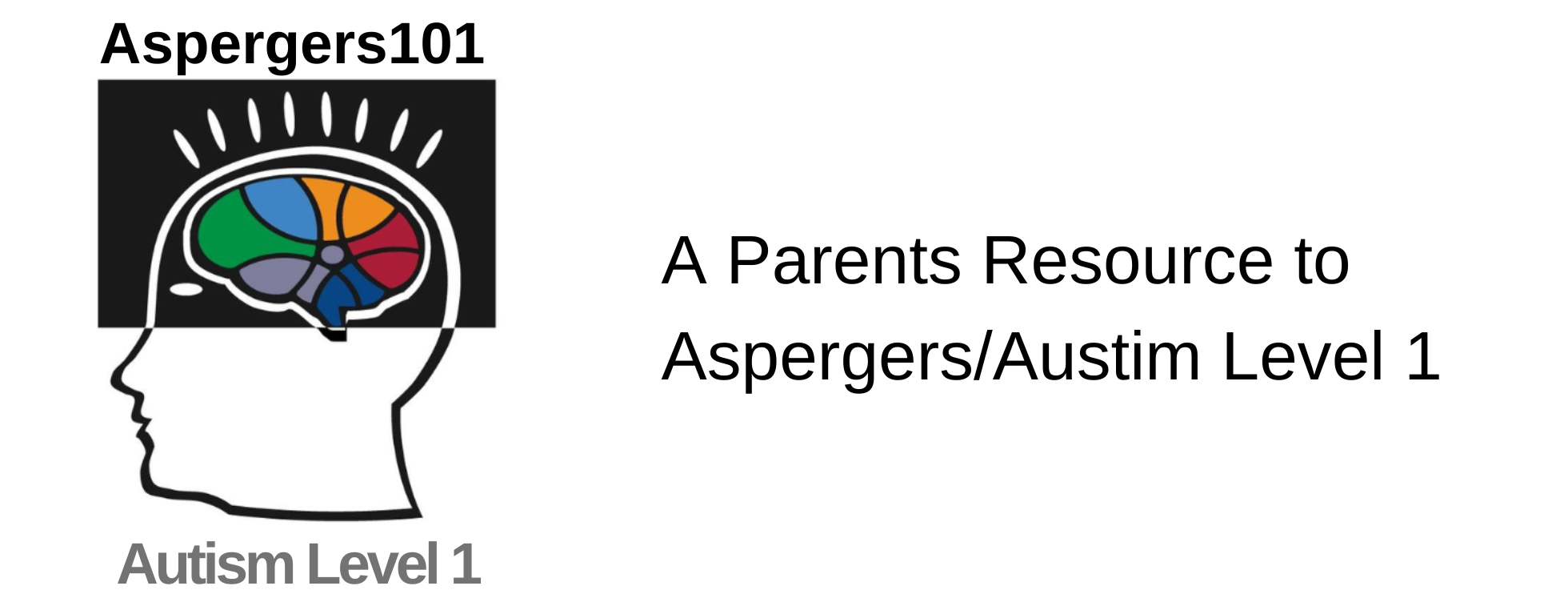The main use of ABA for individuals on the autism spectrum is to decrease challenging behaviors and increase appropriate skills.
Here are the three steps for utilizing ABA to decrease challenging behaviors and increase appropriate skills:
Step 1: Assessment
The first step in decreasing problem behavior is to conduct a functional behavior assessment, which determines the function of challenging behavior.
Appropriate skills including academic, language, and daily living skills are assessed in a similar way. The founding father of ABA, B.F. Skinner, wrote the book Verbal Behavior in 1957. In the book, language is analyzed based on the function. Assessments like the Verbal Behavior-Milestones and Assessment Program (VB-MAPP; Sundberg, 2008) are utilized to assess the persons’ language skills, as well as other appropriate skills like academic and daily living skills.
Other assessments utilized in ABA are the Assessment of Basic Language and Learning Skills-Revised (ABBLS-R; Partington, 2006) and the Assessment of Functional Living Skills (AFLS; Partington & Mueller, 2013).
Step 2: Developing a Plan and Treatment Goals
Once the function of the challenging behavior is known, the next step is to develop a behavior intervention plan.
After a person’s appropriate skills are assessed with an instrument like the VB-MAPP, a plan is develop a plan to increase appropriate skills. A plan and treatment goals are developed in adherence to the seven guidelines of ABA.
Step 3: Implementing the Plan
After developing a behavior intervention plan, it is implemented and data is collected. The data collected is utilized regularly to determine if the behavior intervention plan is being effective or if changes are needed. Data is often graphed to assist behavior analysts in deciding the effectiveness of the intervention implemented. After a plan has been created to increase appropriate skills, the principals of ABA are used to teach those language skills.
There are various applications of ABA in practice when teaching skills based on the principals of ABA. These include Discrete Trial Training/Teaching as originally developed by Lovaas (1987), Incidental Teaching or Natural Environment Training, Intensive Teaching Trials/Applied Verbal Behavior, and Pivotal Response Training.
by Dr. Berenice de la Cruz, PhD, BCBA-D, Training and Research Director, ACN
Providing the weekly Medical Blogs are the team of professionals, doctors, occupational and behavioral therapists at San Antonio’s premiere Autism Diagnostic Clinic, the Autism Community Network.
Contributors include:
Executive Director Dr. Loree Primeau
Medical Director Dr. A Patricia Del Angel
Training and Research Director Dr. Berenice de la Cruz
Carrie Alvarado, OTR, PhD©, DIR/Floortime-Certified
Lupe Castaneda, MS, BCBA
Adriana Sanchez, MA, BCBA
Dr. Gayla Aguilar, OTR, OTD, C-SIPT
Megan Kunze, MA, BCBA
The ACN teams works to maximize the potential of children with autism through their administrative, clinic, training and development departments. Their expertise on Aspergers Syndrome is offered to you through aspergers101.com.




With my son who’s 21 we have to tread on egg shells he’s, got Aspergers and ADHD, he’s at college but he always seems to want to do what he wants, if he doesn’t like what he’s doing at college hell flip and say he’s not going again, yet he doesn’t want to work and I don’t think he’s really capable, I worry what hell be like with others case he flips, which sometimes does at college and he’s on final warning, what can we do, he’s under psychotherapist so…